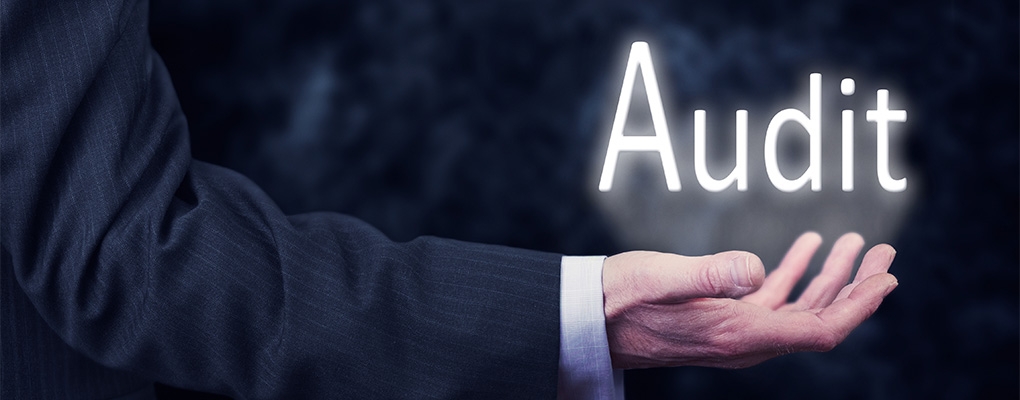Understanding Pipe Relining Benefits and Determining Its Suitability for Your Needs
In recent years, the need for reliable sewer solutions has grown significantly, as homeowners seek effective methods to address plumbing issues. One such method that has gained popularity is pipe relining, a process designed to restore the functionality of pipes with minimal damage to the surrounding areas. This innovative approach offers a practical alternative to traditional excavation techniques.
Pipe relining involves the installation of a durable liner within the existing pipes, creating a seamless barrier against leaks and blockages. The liner install procedure is not only efficient but also minimizes the disruption typically associated with plumbing repairs. Homeowners are increasingly turning to this method for its ability to extend the life of old piping systems without the need for extensive digging or replacement.
However, is pipe relining the right choice for you? Understanding the benefits and limitations of this technique will help you make an informed decision about your plumbing needs. As we explore the intricacies of pipe relining, you’ll gain valuable insights into whether this modern solution aligns with your specific situation.
Understanding the Pipe Relining Process
Pipe relining is a trenchless method designed to repair damaged pipes without the need for extensive excavation. This process begins with an inspection using specialized cameras to assess the condition of the pipes. Once the issues are identified, the relining process can commence.
The first step involves cleaning the existing pipe thoroughly to remove any debris, grease, or roots that may obstruct the new liner. After cleaning, an epoxy liner is inserted into the damaged pipe. This liner is flexible and can easily navigate bends and turns, ensuring complete coverage of the damaged areas.
Once the liner is in place, it is inflated and coated with a resin that hardens over time. This creates a solid, durable pipe within the old pipe. The curing process may involve using heat or UV light, depending on the specific materials used. After curing, the pipe is strong and can last for many years.
This modern option offers an effective sewer solution, minimizing disruption to your property and providing a long-term fix for pipe damage. If you’re considering pipe relining for your plumbing needs, consult with professionals who can guide you through the steps and help you determine if it’s the right choice for your situation. For more information, visit https://rayplumbingla.com/.
Identifying Signs That Pipe Relining Is Needed
Recognizing the right time for pipe relining can help prevent more significant plumbing issues. Here are some clear signs indicating that your pipes may benefit from this modern option:
- Frequent Clogs: If you experience repeated blockages despite regular maintenance, it may suggest underlying damage that pipe restoration can address.
- Slow Drains: Drains that take a long time to empty can indicate pipe deterioration, making a trenchless fix a viable solution.
- Unpleasant Odors: Foul smells emanating from your drains often signal pipe problems, warranting immediate attention through relining.
- Water Damage: Damp spots, stains, or mold growth on walls or ceilings may stem from leaking pipes that need restoring.
- Visible Roots: If you see tree roots penetrating your sewer lines, they can cause significant damage and necessitate relining to repair.
- Low Water Pressure: Reduced water flow can signify partial blockages or pipe damage needing rectification.
Addressing these signs promptly can save you from costly repairs and help maintain the integrity of your plumbing system through pipe relining solutions.
Comparing Pipe Relining to Traditional Pipe Replacement
Pipe relining has emerged as a modern option that offers a practical alternative to traditional pipe replacement. While both methods aim to resolve issues related to damaged pipes, their approaches differ significantly. Traditional pipe replacement typically requires extensive excavation, which can disrupt landscaping and driveways. In contrast, the trenchless fix provided by pipe relining minimizes surface disruption and is generally quicker.
The liner install process for relining involves inserting a new, flexible liner into the existing pipe structure, effectively sealing cracks and leaks without the need for digging. This method not only saves time but also reduces labor costs associated with the remediation process. Traditional replacement, however, can be labor-intensive and time-consuming, sometimes taking several days to complete.
Another aspect to consider is longevity and durability. Pipe relining can extend the life of existing pipes significantly, often lasting over 50 years with minimal maintenance. On the other hand, newly installed pipes from a traditional replacement can also be long-lasting, but issues may arise if the surrounding soil conditions are not properly addressed during installation.
In terms of environmental impact, pipe relining’s trenchless approach is generally more eco-friendly, as it limits the amount of soil disturbance and waste generated. For homeowners seeking a practical sewer solution with less invasive methods, relining is often the preferred choice, particularly in populated areas where minimizing disruption is crucial.
Cost Considerations and Long-Term Benefits of Pipe Relining
Pipe relining presents a sewer solution that can lead to significant savings over time. The initial cost of installing an epoxy liner is often lower than traditional pipe replacement methods. With the minimal damage caused by this no dig method, property owners can avoid hefty expenses related to extensive excavation and landscaping restorations.
Additionally, the durability of the liner install plays a crucial role in long-term benefits. The epoxy material can last for decades, providing a reliable pipe restore that reduces the need for frequent repairs. With less maintenance and fewer disruptions to your property, the long-term cost-effectiveness of pipe relining becomes evident.
Furthermore, since trenchless fixes minimize the impact on your surrounding environment, you can save on restoration costs associated with traditional methods. Property values may remain stable, as buyers often appreciate the enhancements of a modern sewer system. Investing in pipe relining not only addresses immediate plumbing issues but also offers lasting advantages for years to come.












